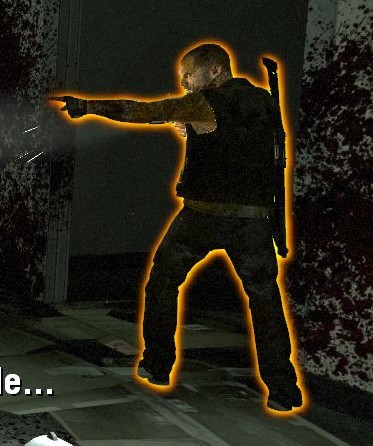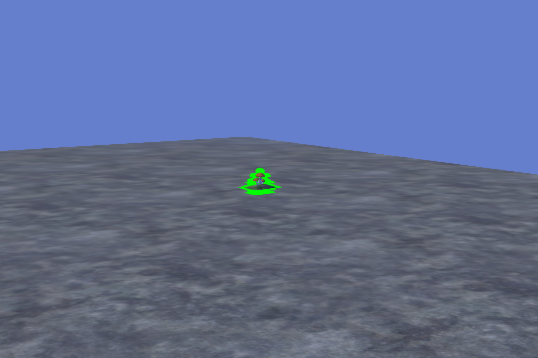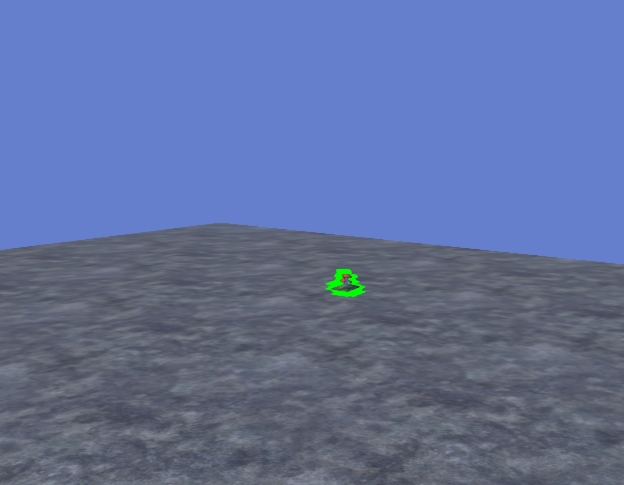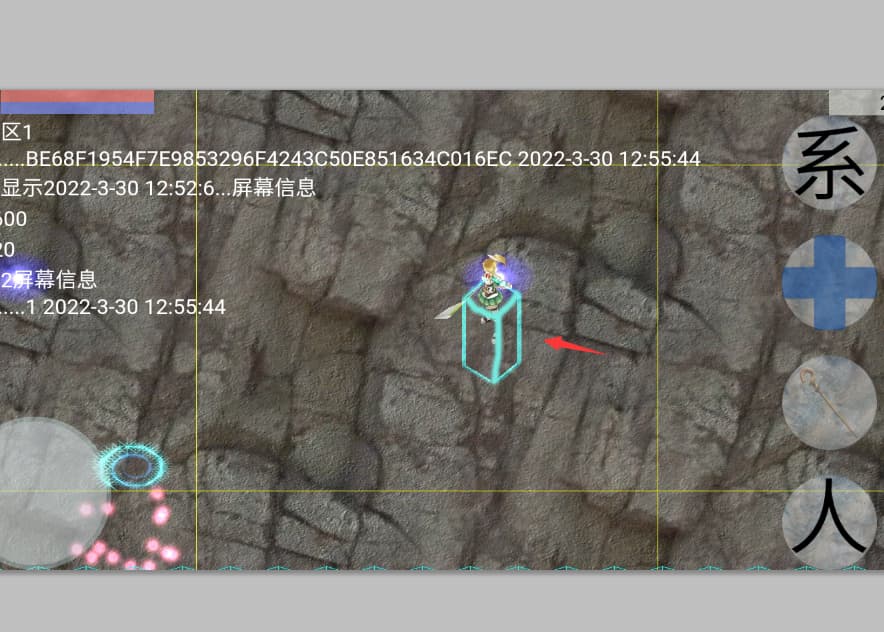[quote=“rasteron”]Thanks for sharing 1vank  I’m looking for something like this as well.
I’m looking for something like this as well.
One question though, how do you make the outline more of a solid color, like in toon effect?[/quote]
This is not feature, this is bug xD A lot of blur
vec4 blurredMask = GaussianBlur(3, vec2(0.0, 1.0), vec2(0.008, 0.008), 2.0, sNormalMap, vScreenPosInv);
blurredMask = blurredMask + GaussianBlur(3, vec2(1.0, 0.0), vec2(0.008, 0.008), 2.0, sNormalMap, vScreenPosInv);
blurredMask = blurredMask + GaussianBlur(3, vec2(0.0, 1.0), vec2(0.004, 0.004), 2.0, sNormalMap, vScreenPosInv);
blurredMask = blurredMask + GaussianBlur(3, vec2(1.0, 0.0), vec2(0.004, 0.004), 2.0, sNormalMap, vScreenPosInv);
If you want to fully solid color change shader
void PS()
{
vec3 rgb = texture2D(sDiffMap, vScreenPos).rgb;
vec3 mask = texture2D(sNormalMap, vScreenPosInv).rgb;
vec4 blurredMask = GaussianBlur(3, vec2(0.0, 1.0), vec2(0.008, 0.008), 2.0, sNormalMap, vScreenPosInv);
blurredMask = blurredMask + GaussianBlur(3, vec2(1.0, 0.0), vec2(0.008, 0.008), 2.0, sNormalMap, vScreenPosInv);
blurredMask = blurredMask + GaussianBlur(3, vec2(0.0, 1.0), vec2(0.004, 0.004), 2.0, sNormalMap, vScreenPosInv);
blurredMask = blurredMask + GaussianBlur(3, vec2(1.0, 0.0), vec2(0.004, 0.004), 2.0, sNormalMap, vScreenPosInv);
if (mask.rgb == vec3(1.0, 1.0, 1.0))
gl_FragColor = vec4(rgb, 1.0);
else if (GetIntensity(blurredMask.rgb) > 0.01)
gl_FragColor = vec4(0.0, 1.0, 0.0, 1.0);
else
gl_FragColor = vec4(rgb, 1.0);
}

Edit:The object is cloned to another scene to receive his mask may be exist a different method


 :
: 


 I’m looking for something like this as well.
I’m looking for something like this as well. I’m looking for something like this as well.
I’m looking for something like this as well.








